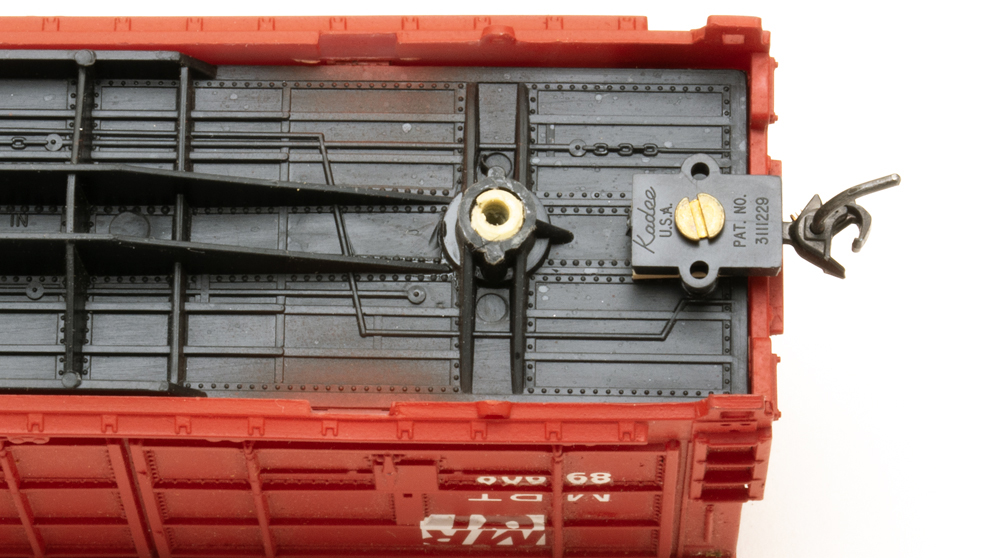
Q: Was there ever an article on converting old railcars to accept modern trucks and couplers? I have a few HO Tyco cars that need to be converted. — Jason Trew A: Jim Kelly and Andy Sperandeo co-authored “Kadee couplers” in the May 1981 issue of Model Railroader. The article covered both N and HO […]
Read More…

Q: What is the best adhesive to use for attaching cork roadbed to wood or extruded-foam insulation board? — Ronald Jaeger A: In Basic Trackwork for Model Railroaders — Second Edition (Kalmbach Books, 2014), Jeff Wilson wrote, “Cork can be nailed in place, but glue is a much neater option. I prefer white glue for […]
Read More…
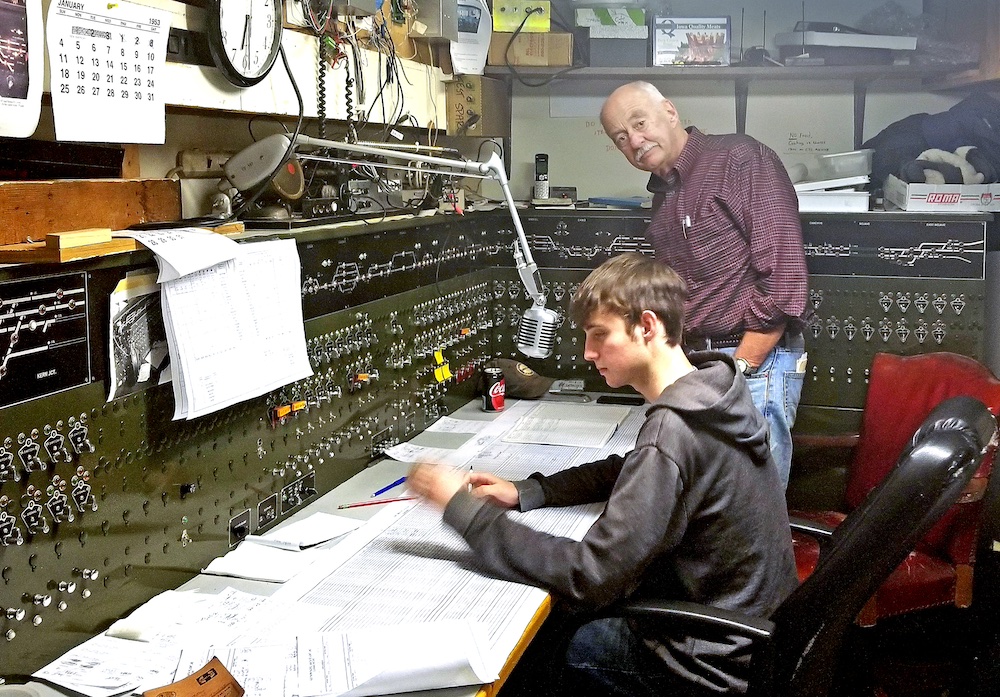
Most of us can agree that the gloom and doom surrounding today’s state of model railroading — due to the initial closing of Hattons and M.B. Klein/Model Train Stuff a year ago — went in like a lion and out like a lamb. Despite this over-exaggeration in 2024, I’d be lying if I said the […]
Read More…
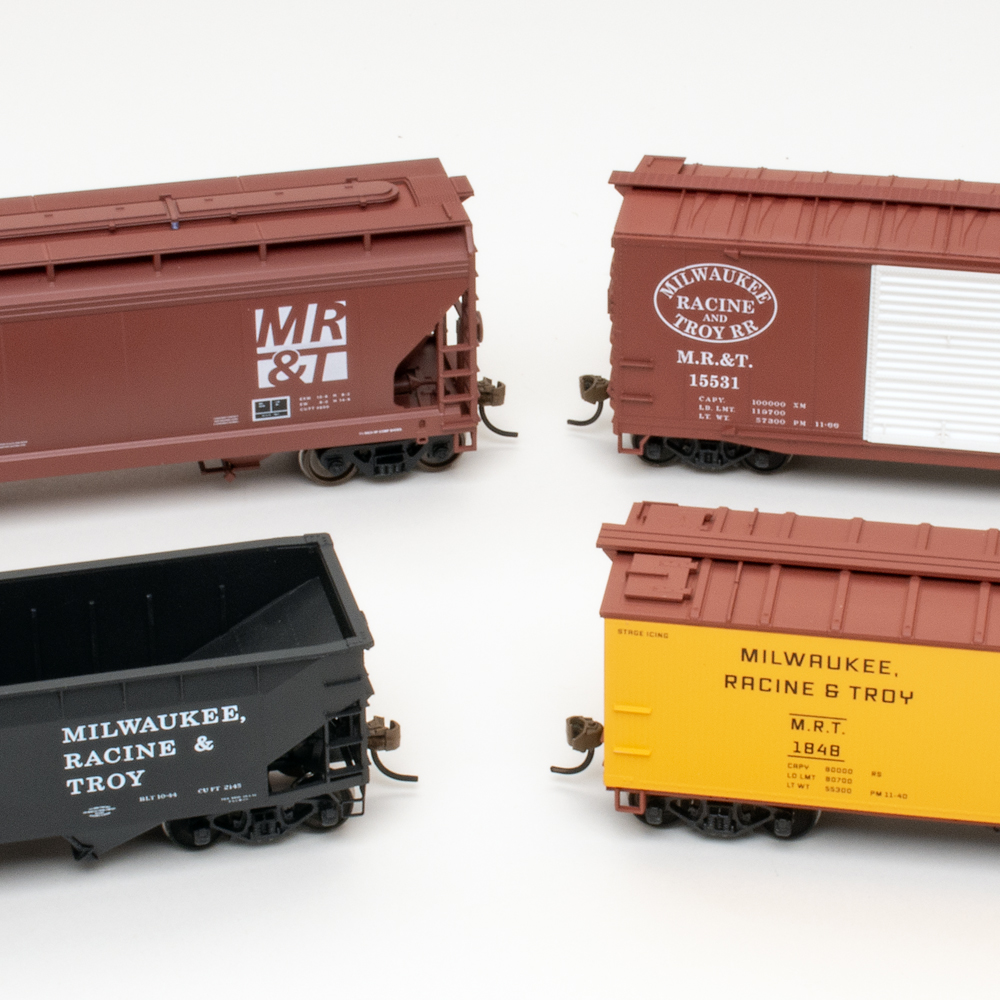
Q: In the November Ask Trains video, you were standing in front of a display case filled with Milwaukee, Racine & Troy freight cars. Some featured the familiar square MR&T herald. Other models looked to be from an earlier era. What can you tell me about those cars? — Bert G. A: Alan Cerney, an […]
Read More…
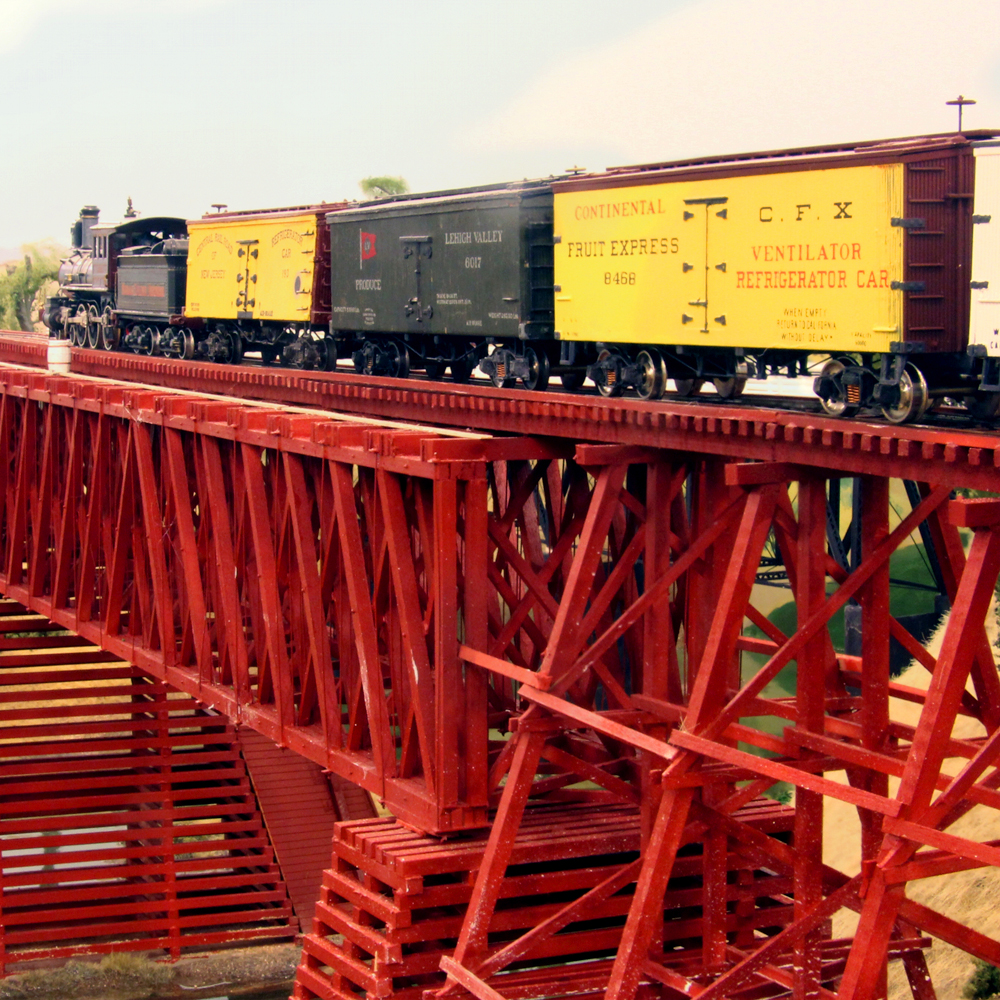
Q: Many of Model Railroader’s articles, reviews, and advertisements focus on products representing the “modern” era, say the 1940s to the present. That’s OK, and much of your audience obviously enjoys modeling contemporary railroading. However, I’m interested in modeling the railroad industry as it was in the 19th century. Can you suggest the names of […]
Read More…
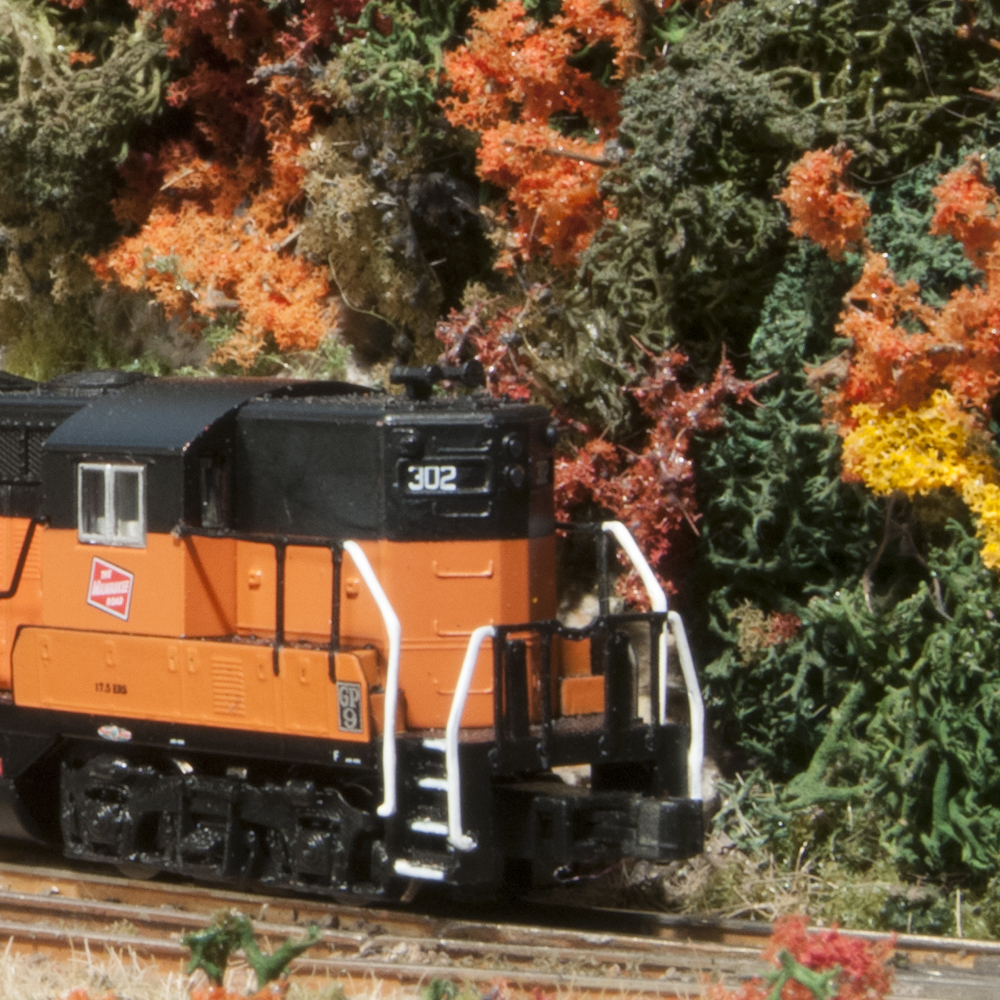
Q: I have a question regarding using lichen to simulate vegetation on a layout. My basement is clean but unfinished, so the wood floor joists overhead and the concrete walls are all visible. The basement isn’t particularly humid, but it isn’t climate controlled either. There are the occasional spiders and cobwebs, as is normal in […]
Read More…
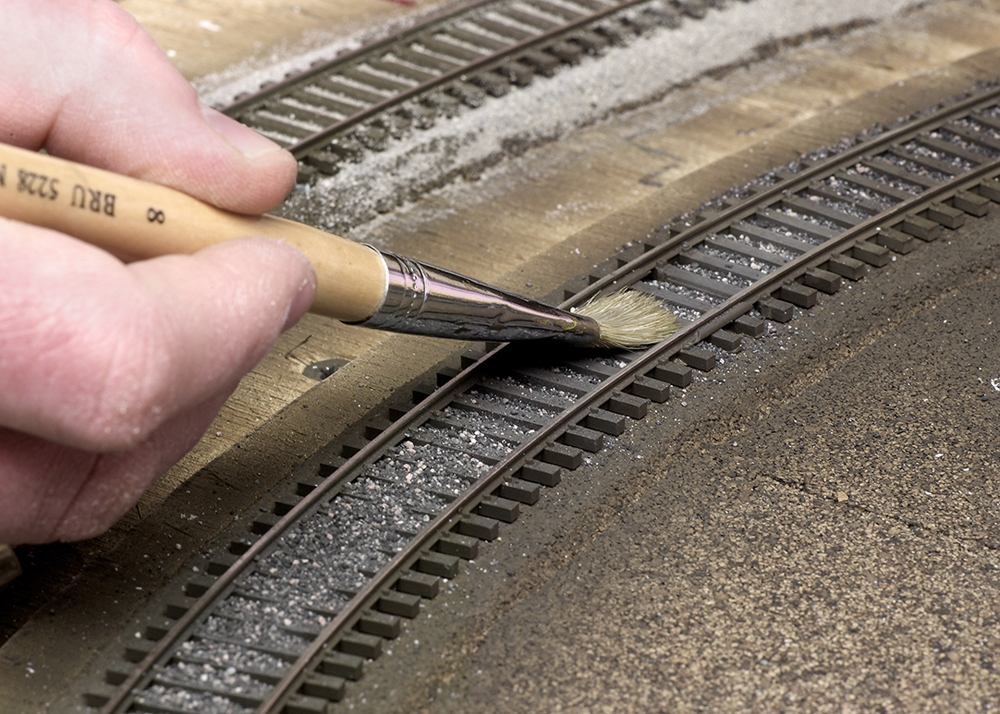
Scenery projects on a layout will usually require an abundance of tools to work with. Yet modelers will come across certain devices that, while not a Swiss Army Knife, can be used in multiple facets to help bring a scene to life and keep it vibrant. These essential multi-use tools to transform scenery can be […]
Read More…
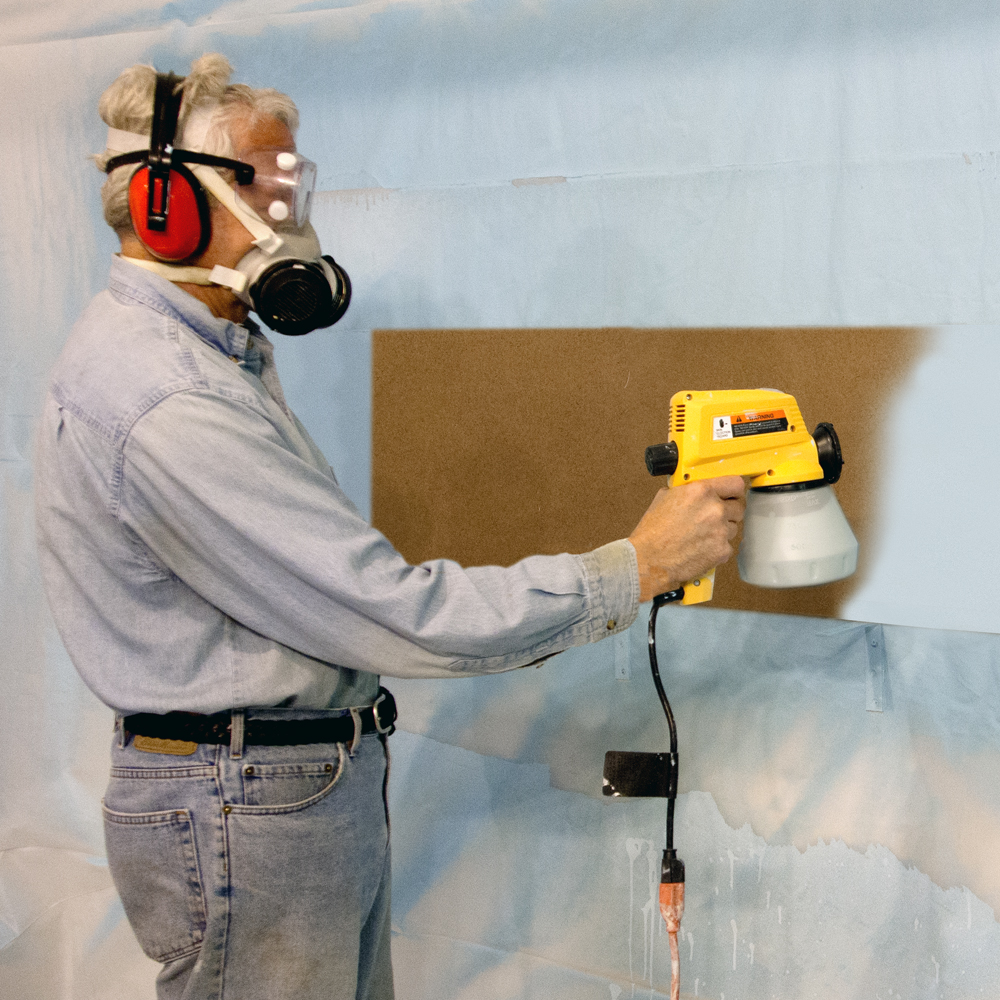
Q: My light blue-gray walls look fine to the naked eye, but not so good in photos. Are there some tried and true formulas for the major paint brands that are a reliable “sky blue” for model railroad backgrounds? — David Provost A: Model railroaders have long asked “What color is sky blue?” when painting […]
Read More…
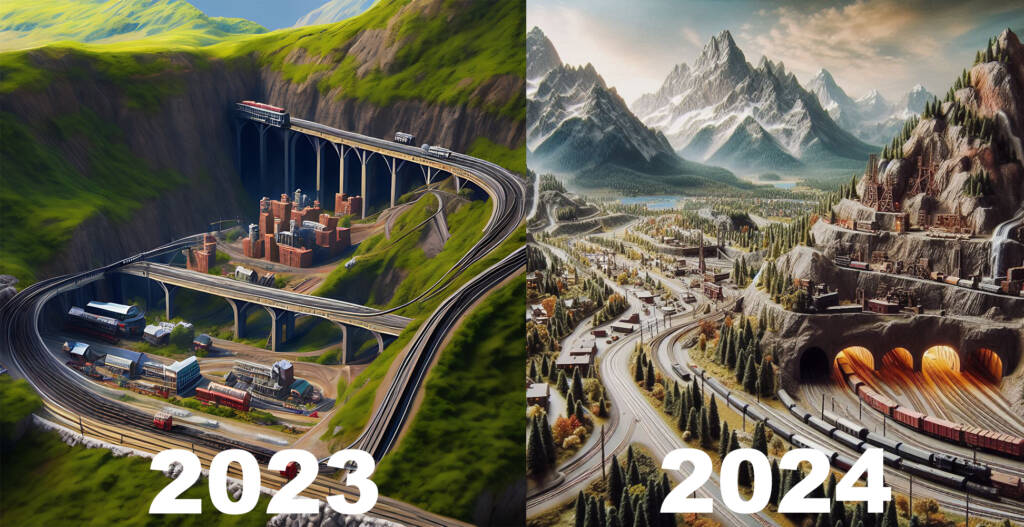
Whether we like it or not, AI isn’t going away. The adoption of this technology across all major tech companies and many industries has cemented its place in our contemporary culture, at least for the time being. We as modelers may as well make our peace with it, and learn how to make it work […]
Read More…
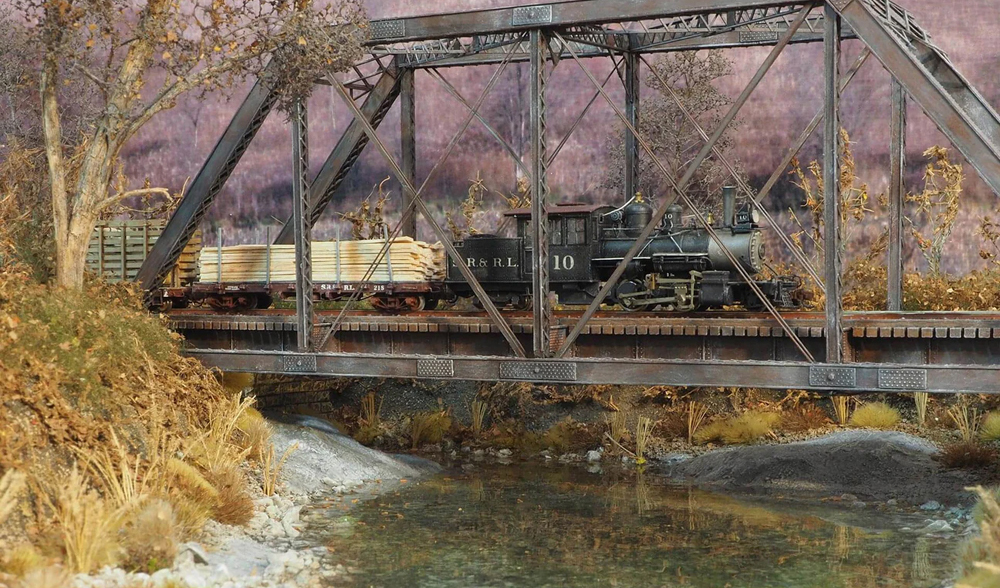
Model trains have long captivated the imagination of hobbyists, collectors, and enthusiasts of all ages. From their origins as simple tinplate toys to today’s intricate, highly-detailed machinery, model trains trace a fascinating evolution that mirrors advancements in technology and changes in cultural trends. Let’s explore how this beloved hobby developed over the decades. Tinplate Trains […]
Read More…
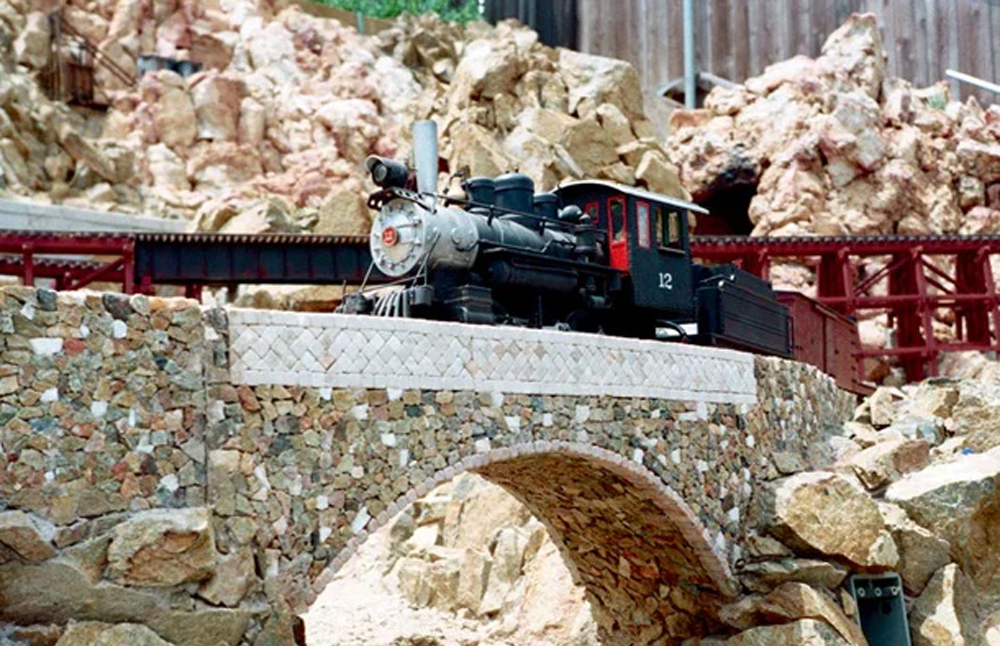
Garden railroading is a popular subsection of the model railroading hobby, and for good reason. One of the most limiting factors for building a functional track or train station is available space. Many people don’t have one or more entire rooms to spare for a model railroad layout. Garden railroading, however, takes that layout and […]
Read More…
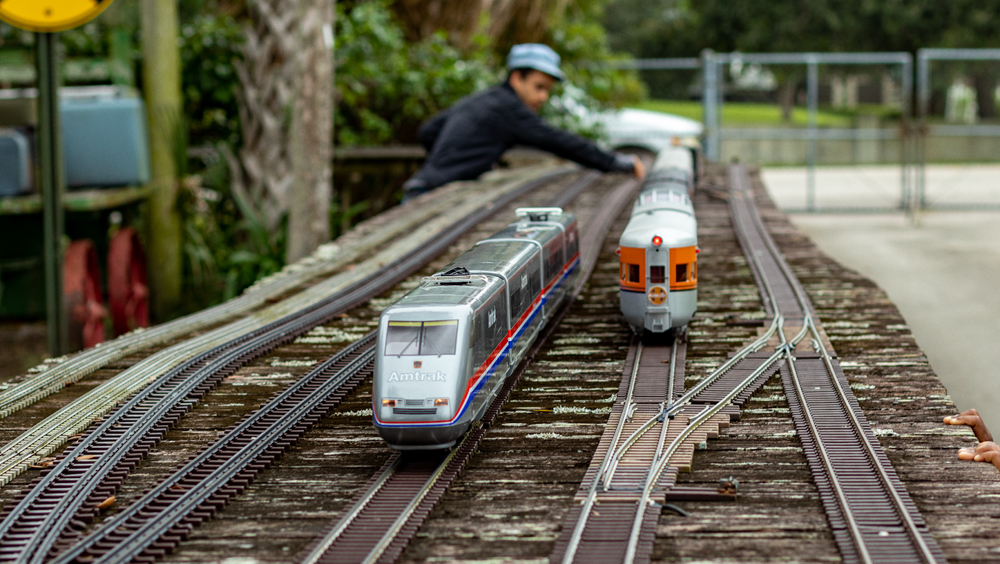
If you’re looking at model trains and deciding what to prioritize, no doubt you’ve come across a variety of scales. You might be wondering, which scale is best for you? How small is too small? The most common scales for model trains and sets are O scale and HO scale. In this post, we’ll walk […]
Read More…












